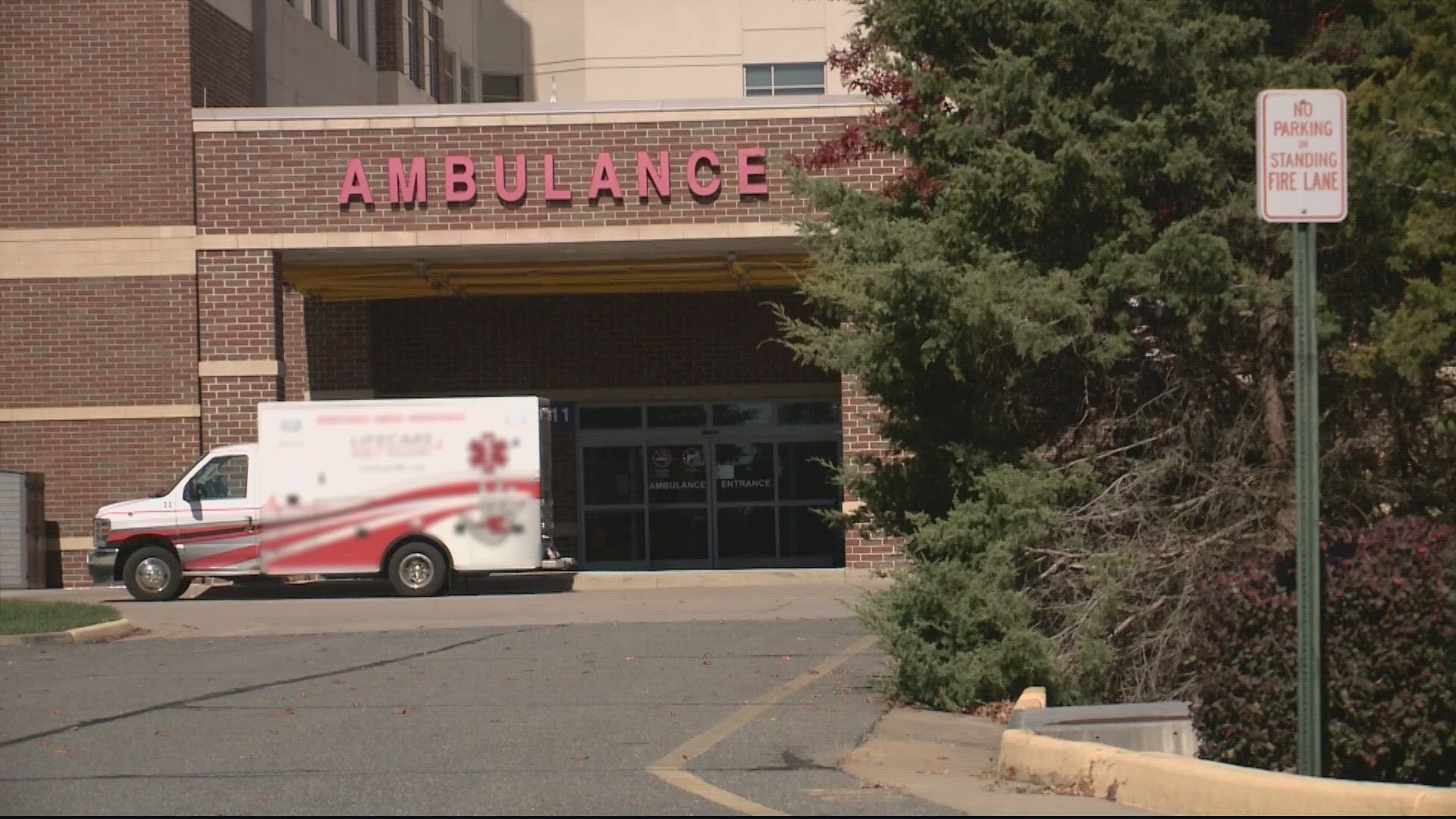WILLIAMSBURG, Va. — When Roger Emory told his wife he was having chest pains she didn’t hesitate.
“You’re getting in the car, we’re going to the emergency room,” Emory remembers his wife telling him.
She rushed him to an Emergency Room in their hometown of Williamsburg. Doctors ruled out a heart attack but wanted to send him for testing at another hospital 20 minutes away.
Emory said by that point he was already feeling better.
“I could have just driven myself to the hospital or my wife could have taken me,” he said. “She works at the regional hospital anyway.”
Doctors felt strongly that Emory should be transported by ambulance, so he agreed.
“A few weeks later, I received a bill from the ambulance company for approximately $1,900, which I was somewhat flabbergasted by,” Emory said.
The ambulance company told Emory it doesn’t have an in-network agreement with his private insurance company, Anthem Blue Cross Blue Shield. Meaning the cost of that ambulance ride was on him.
The No Surprises Act, which went into effect last year, is designed to protect patients from surprise bills for emergency services. But the law doesn’t cover ground ambulance costs. A loophole, unknown by many, including Emory.
Which Emory admits is somewhat ironic considering what he does for a living.
“I'm a surgeon,” he said. “I operate at the hospital I was in as a patient.”
A 2022 report from the U.S. Public Interest Research Group or PIRG found that privately insured patients in the U.S. shell out a whopping $129 million on surprise ambulance bills every year. PIRG says one out of every two people who take an ambulance ride with private insurance will get a surprise bill for it.
“So this is the bill that they sent to us to make sure the account number and in the amount of $9,076.04.”
Stephanie Trendowski showed our Indianapolis affiliate WTHR a $9,076 bill she got in the mail after her 6-year-old daughter was transported from an emergency room to a Pediatric Intensive Care Unit.
“It was just it was shocking to see that it was almost $10,000 to take my child 37 miles from one hospital to the other, that we could have easily done ourselves,” Trendowski said.
“They’re making really difficult choices,” said Patricia Kelmar of families like the Trendowski’s. She’s leading PIRG’s fight to change the system.
The most recent data from a group called Health Affairs found if you’re privately insured, there’s a 64% chance of getting transported by an out-of-network ambulance in Washington, D.C.
Sixty-three percent of ambulance rides in Virginia are out of network.
And there’s a 50-50 shot of that in Maryland. Although Maryland is one of only ten states to have some protection against surprise ambulance billing.
Kelmar said privately insured patients are the ones at risk for surprise ambulance bills because Medicare and Medicaid have price controls in place. Kelmar said private insurance companies simply don’t have the ability to negotiate the same agreements.
“There are hundreds and hundreds of ambulance providers, even in one state,” Kelmar said. “And so, for an insurance company to create a negotiated price with hundreds of entities, it takes a lot of money and a lot of time, right to do that.”
In 2016, the Government Accountability Office found Medicare and Medicaid reimbursement rates for ambulance services are well below the costs of providing care, especially in rural areas.
Kelmar said the result is ambulance companies often use billing to private insurance companies to the money back that they claim they're losing on the Medicare and Medicaid rides.
In a statement, the American Ambulance Association echoed that, blaming underpayments from private insurance companies for the problems.
“We are fighting to try to take the patient out of the middle and make sure that we have fair and equitable reimbursement so that we maintain a healthy 911 emergency response system for all of our communities,” said Tristan North, AMA’s Senior Vice President of Government Affairs.
If you get a surprise ambulance bill, experts suggest working with your insurance company and the ambulance company to try and get it negotiated down.
The Trendowski’s are still fighting their $9,000 bill.
Meanwhile, Roger Emory got his knocked down from $1900 to around $1400. Leading to this surprising suggestion from the doctor, the next time you need to go to the hospital.
“If you have an option not to take an ambulance, you might choose that option,” he said,
On October 31, an Advisory Committee on Ground Ambulance and Patient Billing which had studied the issue for the past 6 months made a number of recommendations to Congress. They include capping the amount a patient pays out of pocket for an emergency or transport ambulance ride, at $100. And protections for ambulance companies to ensure they are fairly paid by insurance companies.
Congress still has to pass the recommendations into law, for anything to change.

